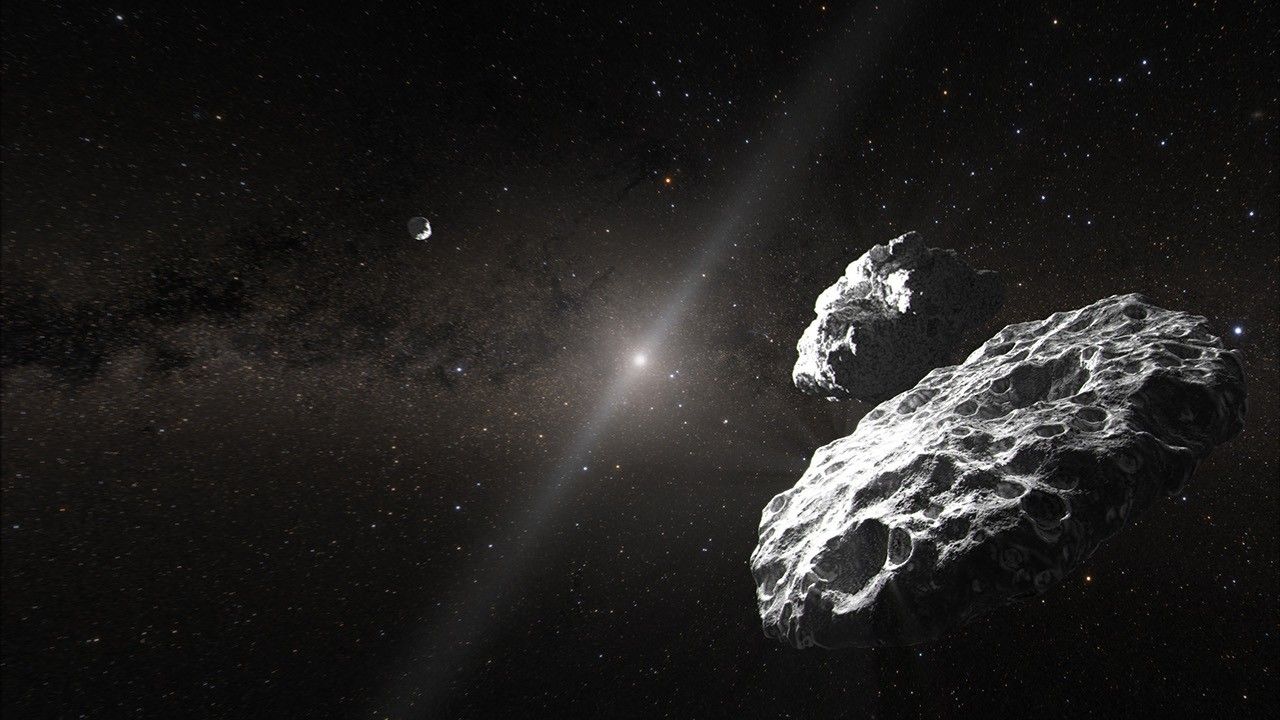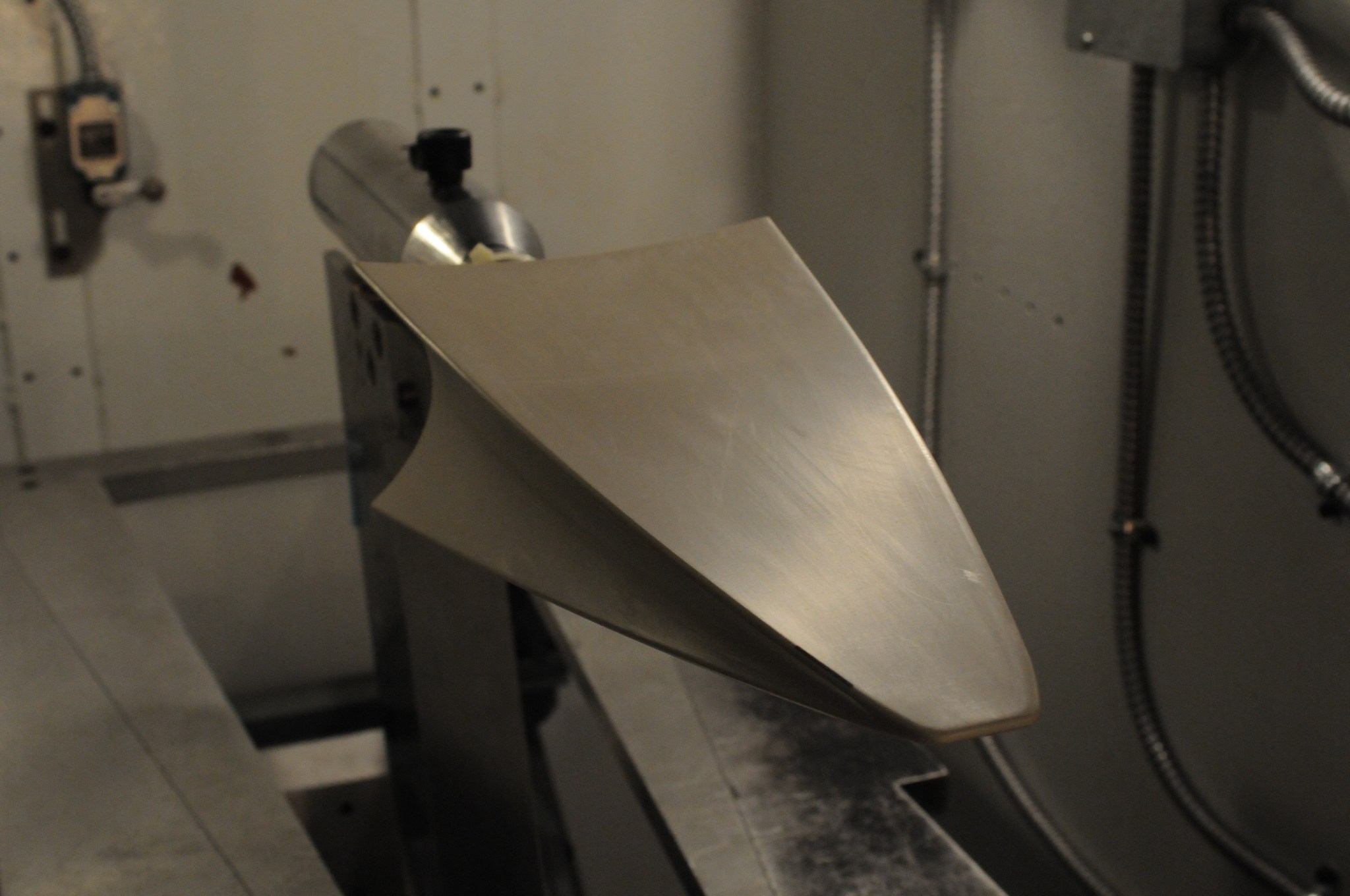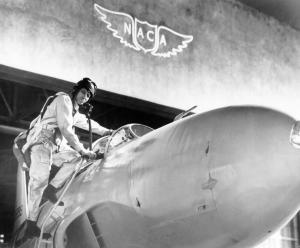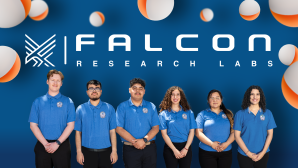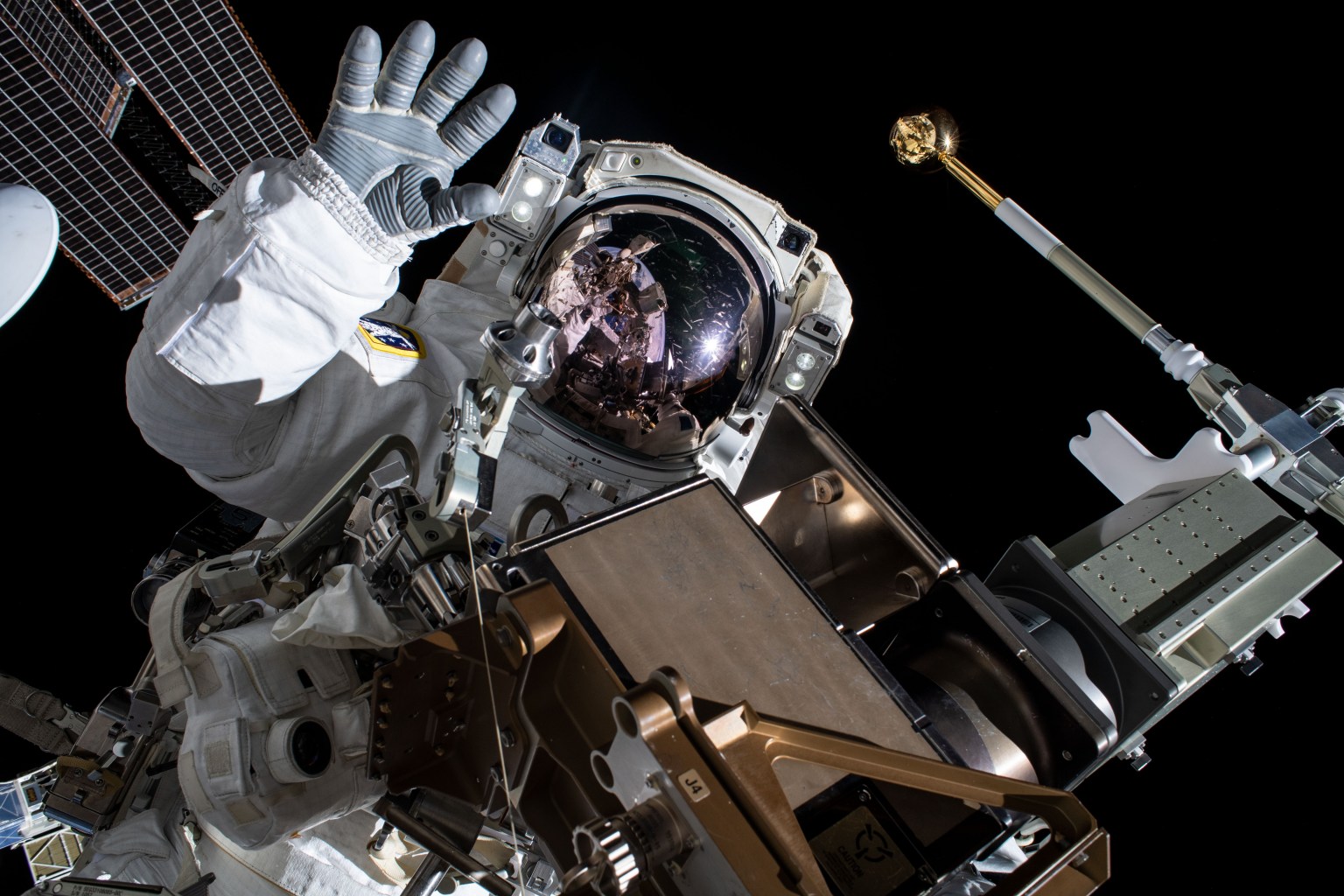Not often that a second chance comes along, but the upcoming launch of the Air Force’s Office of Scientific Research (AFOSR) Boundary Layer Transition and Turbulence (BOLT II) project provides another opportunity to gain flight data on the difficulties of hypersonic flight.
Back in 2008, NASA’s Langley Research Center (LaRC) was leading a flight experiment called Hypersonic Boundary Layer Transition (HyBoLT) that was also seeking similar hypersonic boundary layer data, including studying the effects of intentional roughness, or trips. That flight was terminated early due to a flight control issue and was not able to provide the needed hypersonic data.
With this new BOLT II flight project, sponsored primarily by AFOSR, LaRC is once again poised to gain significant insight into forced boundary layer transition to compare against years and years of ground test data. LaRC provides the principal investigator for the roughness experiment part of the BOLT II flight. The other parts are overseen by Texas A&M and CUBRC, with Wallops Flight Facility providing the launcher, a Terrier-Improved Malemute sounding rocket.
“One of the trickiest hypersonic problems is predicting something called the boundary layer transition location,” said Scott Berry, NASA principal investigator for the roughness experiment for BOLT II. “Boundary layers envelope all moving bodies and are defined by slip conditions of the individual air particles moving past the body.”
As an aircraft flies through the air, a thin layer of air forms around its surface and is dragged along with the vehicle. This boundary layer is very important, as most of the heating happens here, along with a significant portion of the drag forces that try to slow down the vehicle.
As this boundary layer grows along the vehicle’s length, it will eventually transition from the calm laminar flow near the leading edge of the vehicle, to violent turbulent flow further downstream.
“When turbulent, more of the frictional energy of the particles gets pulled down to the vehicle surface. This added energy to the wall can lead to excessive surface heating that make or break a vehicle design,” said Berry.
The BOLT II geometry has been heavily tested the last few years in one of Langley’s hypersonic facilities, the 20-Inch Mach 6 Tunnel. This geometry was selected based on its highly three-dimensional flow with swept leading edges, like a wave rider, which provides two distinct surfaces; one dedicated to smooth wall transition and the other to roughness effects.
“The desire is to be able to tailor the boundary layer to be laminar everywhere, but turbulent just ahead of the engine as flow separations within an engine are likely and more catastrophic if laminar,” said Berry.
BOLT II is scheduled to launch between 7-10pm, EDT, March 21. Live coverage of the mission is scheduled to begin at 6:40 p.m. EDT on the Wallops YouTube site. Launch updates will be available on the Wallops Facebook and Twitter pages.


